Entrepreneur Profiles
Entrepreneur Profile: An Interview with Pamela Chávez- Crooker, Aguamarina
19 May 2011
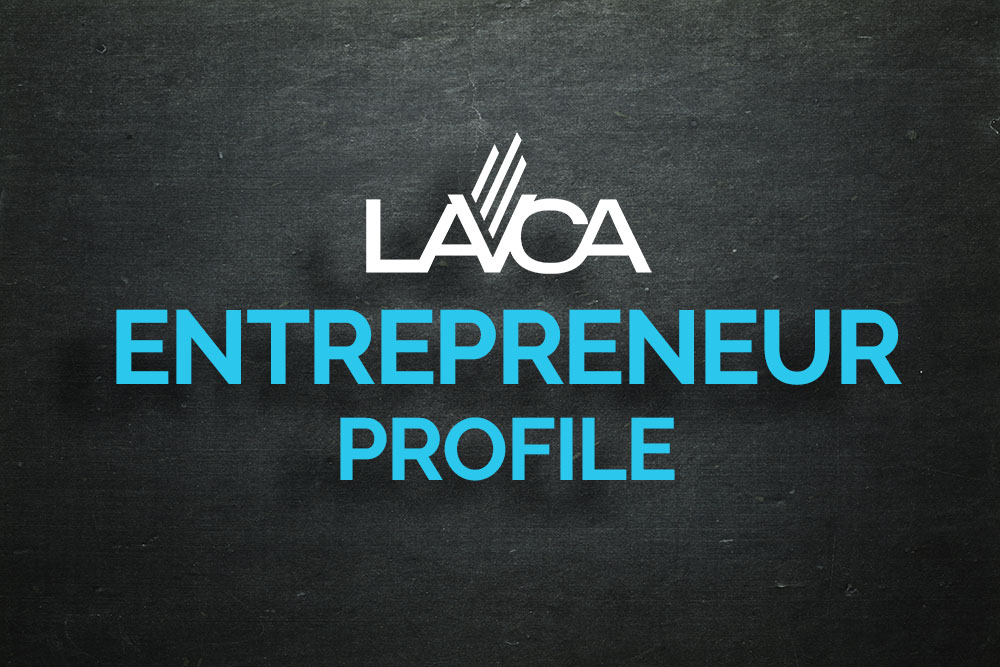
Pamela Chávez-Crooker, Founder of Aguamarina, recently spoke with LAVCA about how she took her biotech company from garage start-up to a go-to company for some of the world’s largest copper mines.
 LAVCA: When talking to investors, how do you describe Aguamarina?
LAVCA: When talking to investors, how do you describe Aguamarina?
Chávez-Crooker: Aguamarina SA is a biotechnology services company that combines industry expertise and innovative biotechnology to improve operational efficiency in mining.
LAVCA: Media attention surrounding recent mine collapses, including in Chile, has brought a lot of attention to the outdated extraction methods in mines that are potentially harmful to miners’ lives and the environment. How does Aguamarina address this problem?
Chávez-Crooker: We are currently focusing on the world’s main copper mines as clients and work with them to customize services that will address their main challenges in productivity and/or operations through biotechnology.
Biotechnology reduces the environmental impact of the operations by reducing contamination. Water is used in a more efficient way and we’ve developed processes so mines can reuse materials and water. In other words, we help produce a cleaner copper. We work in the areas of biocorrosion, bioleaching, bioremediation and water treatment.
We are able to do this by leveraging our expertise in microbiology and industry relationships to provide targeted research, diagnose problems and provide the technical services the client needs.
We believe there is a lot of work to be done over the next few years in order to build a more sustainable industry, and biotechnology provides a viable option to help the industry achieve this.
LAVCA: How did you come up with your business idea?
Chávez-Crooker: My scientific background allowed me to understand the main challenges to improving recovery and productivity for the copper mining industry. By identifying these challenges and understanding how biotechnology could help resolve obstacles, I knew we’d have an opportunity to scale up our own technologies more quickly than traditional methods. Aguamarina’s main investor, Juan Manuel Aguirre, brought practical business experience, which allowed the company to develop more quickly than if I had been trying to do it alone.
We started Aguamarina in my garage in 2007 and within a year moved to a bigger facility where we built a scientific lab. After another year, we built new offices and expanded the lab. Now we are fully operational and accelerating growth. Through Endeavor, I was able to present Aguamarina to a team from the Ross Business School, Michigan (MAP program), and they helped us to refine and build our business plan. Now, we are focusing on implementing the updated model with two technologies that we will be launching soon.
LAVCA: What sort of financing have you received thus far?
Chávez-Crooker: We attracted capital from a Chilean VC firm that has a new program focused on clean technology. We just signed a new partnership with them for 25% of the company for US$1.2M. We are very proud and excited about this.
LAVCA: How are you putting your latest round of funding to use?
Chávez-Crooker: Most of the money is being use as working capital. We are hiring a new CEO at the moment in order to improve our organizational structure, connectivity and oversee the overall business plan.
However, the investment will also continue to help us grow in other ways. We have started exporting to Peru, and I am looking to move to the United States in the next couple of years.
LAVCA: Why the US? Will you continue operations in Chile?
Chávez-Crooker: Yes, we would definitely like to keep our operations in Antofagasta. However, we’ve realized that Aguamarina is one of the top biotech companies in Chile, and having reached this level, there is a real opportunity to scale up very fast. To do so, we need to be connected to the main research centers in the world. Opening an office in US would help position us strategically to build these additional relationships.
LAVCA: What feedback have you received from investors about where to make improvements in your business model?
Chávez-Crooker: The input from investors has been very helpful. The first thing they recommended was to incorporate a CEO into the company, so I can focus on my responsibilities as Chief Technology Officer. This is really our main priority right now, in addition to finalizing the other two technologies we’re currently working on. We need someone who understands how to bring these technologies to market.
LAVCA: Can you tell us about some of the clients you are working with now? What do you see as your competitive advantage?
Chávez-Crooker: Aguamarina’s current clients in Chile represent some of the world’s largest mining companies, including CODELCO, Mineria Escondida, Compania Minera de Collahuasi, Minera El Abra, among others. We are located next to mines, which allows us to work closely with them on technological solutions. With our trained staff of experienced scientists, we are creating solutions that produce the cleanest and safest copper in the world.
LAVCA: As a scientist by training, what do you find most challenging about running a business? Do you have advice for other scientists with a business idea?
Chávez-Crooker: The day to day operations of running a company are new to me. Through Endeavor I have been able to connect and work with great professionals to help in the aspects of running a business where I have no experience. In addition, I am studying at the School of Business at the eCLass program of Universidad Adolfo Ibañez in Chile so I can prepare myself for the changes and challenges we will face as the company grows.
LAVCA: Where do you hope to see Aguamarina five years from now?
Chávez-Crooker: We see Aguamarina as a biotechnology developer for the world’s copper mining industry. We will have plants scaled up and a clear understanding of how much value we add to the operations, production, environment, health, safety and community.
You may be interested in...
-
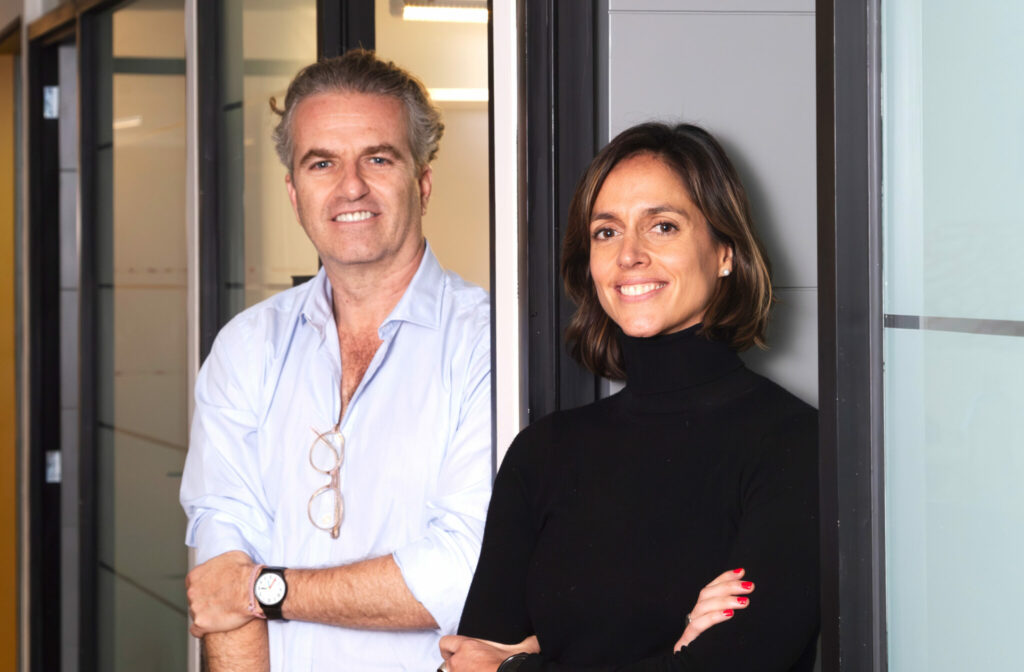
Is AI a Thing in Latin America? In Conversation with Hi Ventures
LAVCA sits down with Hi Venture to discuss their evolving thesis and vision for...
-
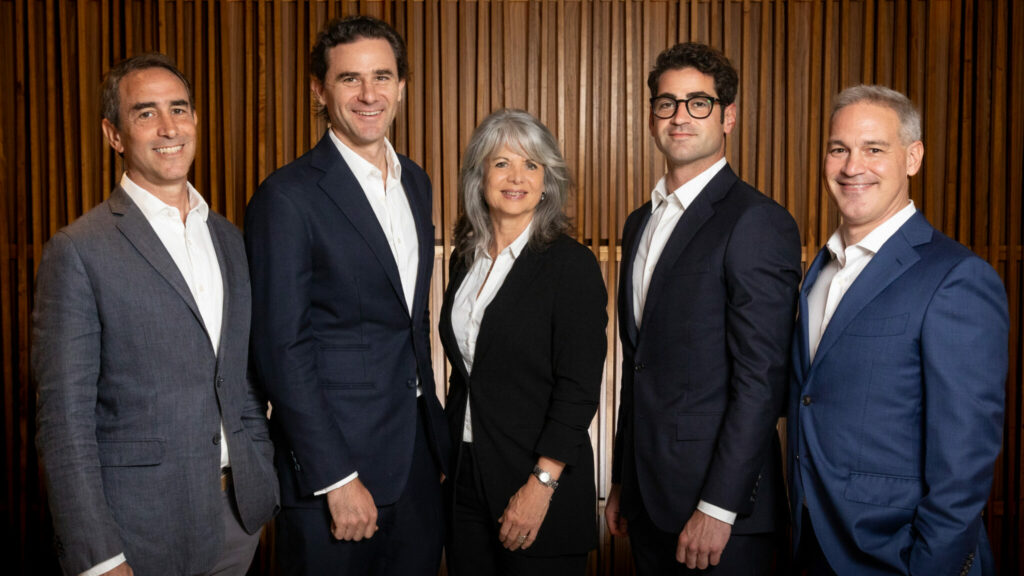
The Future of B2B Startup Investing in LatAm: In Conversation with NXTP
NXTP Ventures recently reached a USD98m final close for NXTP Fund III, its third...
-
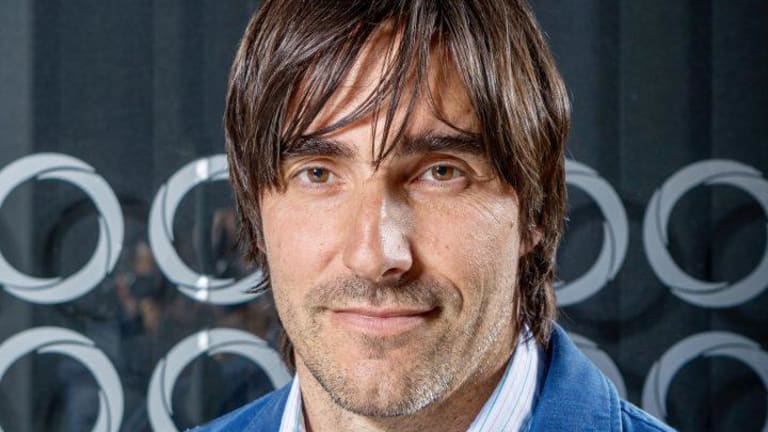
A 20-Year Journey: An Interview with Technisys CEO Miguel Santos
Company: Technisys Investors: KASZEK, Dalus Capital, Riverwood Capital Interview...
-
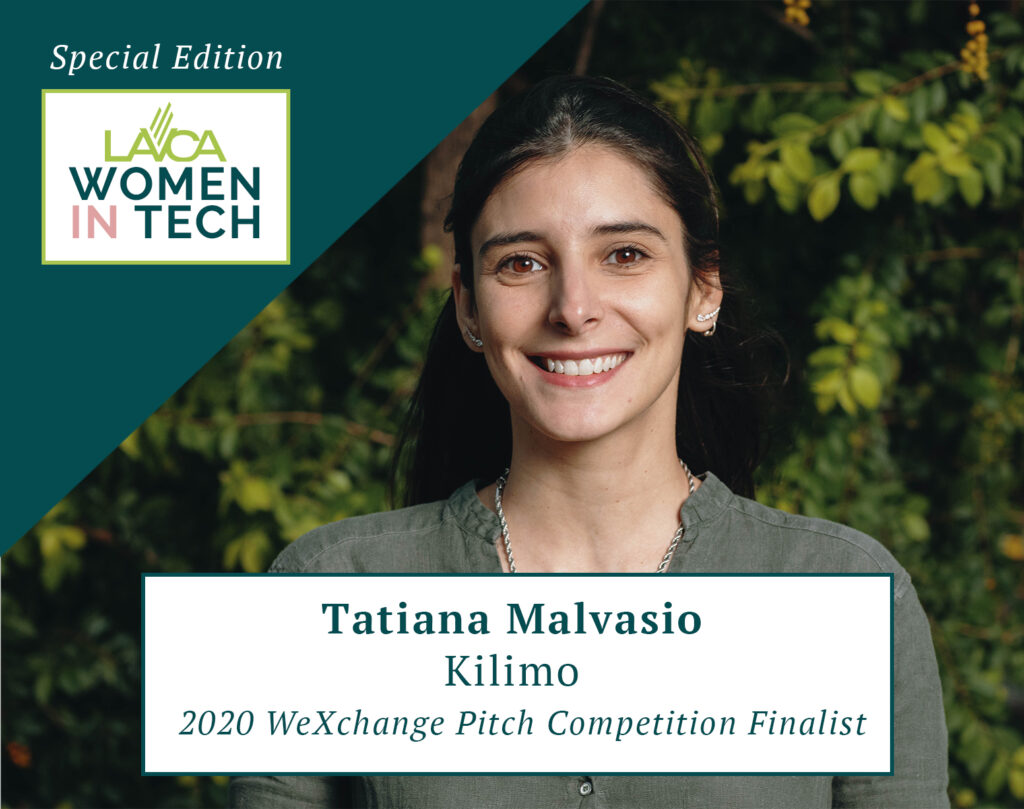
Satellite Analytics & Irrigation Systems: Interview with Kilimo COO Tatiana Malvasio
Company: Kilimo Investors: NXTP Ventures, Alaya Capital, The Yield Lab, Xpand...